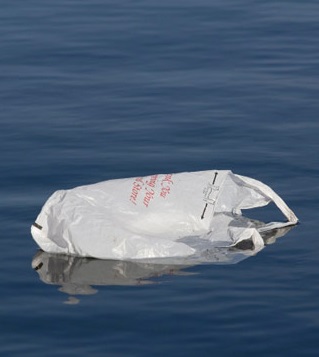Ocean plastic returns
 CSIRO says plastic dumped in the ocean is making its way back to Australia’s beaches.
CSIRO says plastic dumped in the ocean is making its way back to Australia’s beaches.
“We collected data on the amount and location of plastic pollution every 100 kilometres around the entire coast of Australia between 2011 and 2016,” says Dr Denise Hardesty - a Principal Research Scientist with CSIRO.
“The highest concentrations of marine debris were found along the coastal backshores, where the vegetation begins.”
The analysis suggests that coasts are a major sink for marine debris, particularly larger items.
It also explains why estimates of waste entering the ocean each year are 100 times larger than the amount of plastic observed floating on the surface.
The experts say waste management strategies on land need to accommodate larger volumes of pollution than previously estimated.
“The debris recorded along the coasts was found to be a mix of littering and deposition from the ocean,” said Arianna Olivelli from Utrecht University, who led the analysis.
“The results suggest that plastic is moving from urban areas into the ocean, and then being transported back onshore, and pushed onto land, where it remains.
“Onshore wind and waves, together with more densely populated areas, influences the amount and distribution of marine debris. The further back we went from the water’s edge, the more debris we found.”
It shows that wave activity has a much stronger effect than wind in determining where debris ends up.
The findings also highlight the importance of including the entire width of coastal areas in studies to understand how much – and where – debris gets trapped.







 Print
Print